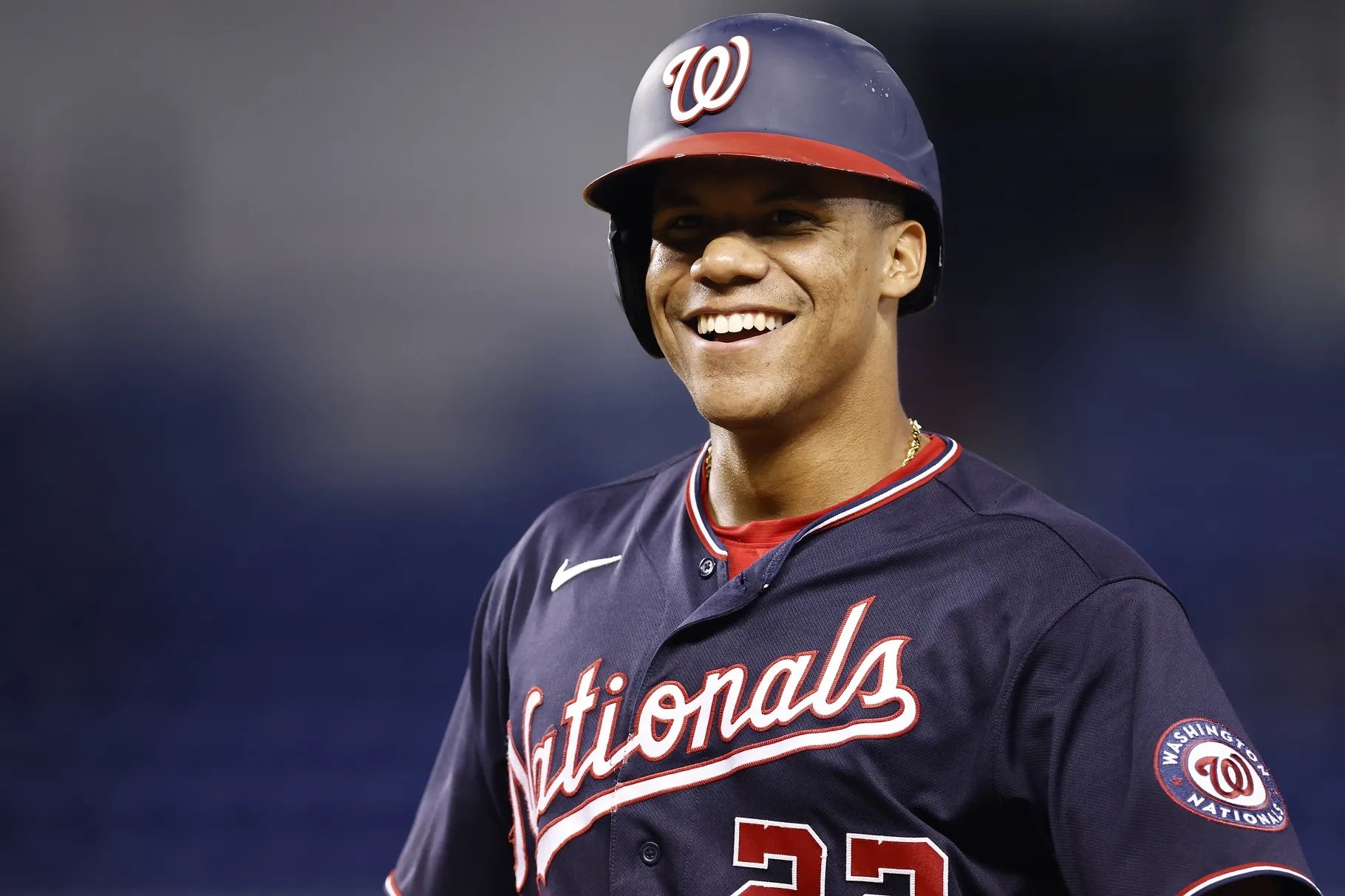How Can We Make Predictive wOBA Even More Predictive?
Photo Credit: Michael Reaves/Getty Images
Last week, Tom Tango introduced the concept of Predictive wOBA, and through correlation analysis, he demonstrated that Predictive wOBA exhibits stronger predictive capabilities for Next Season wOBA than both wOBA and xwOBA. Is there a way to further improve Predictive wOBA?
In this post, I’ll examine the predictive power of a slightly different version of Predictive wOBA, incorporating walks, strikeouts, and hit-by-pitches, along with all batted balls.
As Tango has done, I bucketed each batted ball into one of twelve buckets based on exit velocity and launch angle.
The results, using Statcast data spanning from 2015 to 2023, are below. A minimum of 200 plate apperances (PAs) in consecutive seasons was required for a batter’s data to be incorporated in the dataset.
Figure 1: Linear correlation between wOBA and Next Season wOBA
Figure 2: Linear correlation between xwOBA and Next Season wOBA
Figure 3: Linear correlation between Predictive wOBA and Next Season wOBA
As expected and as evident from Figures 1, 2, and 3, xwOBA is a better predictor of Next Season wOBA than wOBA and Predictive wOBA is a better predictor of Next Season wOBA than xwOBA.
In Figure 4 below, I’ve regressed Modified Predictive wOBA against Next Season wOBA, and there exists an even stronger correlation. Modified Predictive wOBA is a mean-regressed form of Predictive wOBA used for any batter with fewer than 500 PAs. Here’s an example calculation:
Batter A Predictive wOBA: .350
Batter A PAs: 300
Batter A Modified Predictive wOBA = .350*300/500 + .315*200/500 = .336
The league average wOBA of .315 is averaged in for Batter A’s missing 200 PAs, and his small sample size Predictive wOBA is regressed to the mean.
Figure 4: Linear correlation between Modified Predictive wOBA and Next Season wOBA
Conclusions
Predictive wOBA is a stronger predictor of Next Season wOBA than both wOBA and xwOBA, regardless of whether the sample is limited to batted balls or the sample contains walks, strikeouts, and hit-by-pitches.
Modifying Predictive wOBA by mean regressing batters with a small sample of batted balls further strengthens the predictive power.
Incorporating walks, strikeouts, and hit-by-pitches actually reduces the strength of predicting Next Season wOBA, given r = 0.44 for Modified Predictive wOBA but r = 0.61 for Tango’s Predictive wOBA for only batted balls.
Expanding upon the third conclusion, the data indicates that batters are more likely to increase their wOBA from one season to the next by lowering their strikeout rates, elevating their walk rates, and increasing their hit-by-pitch rates, rather than by altering the way they impact the baseball.




